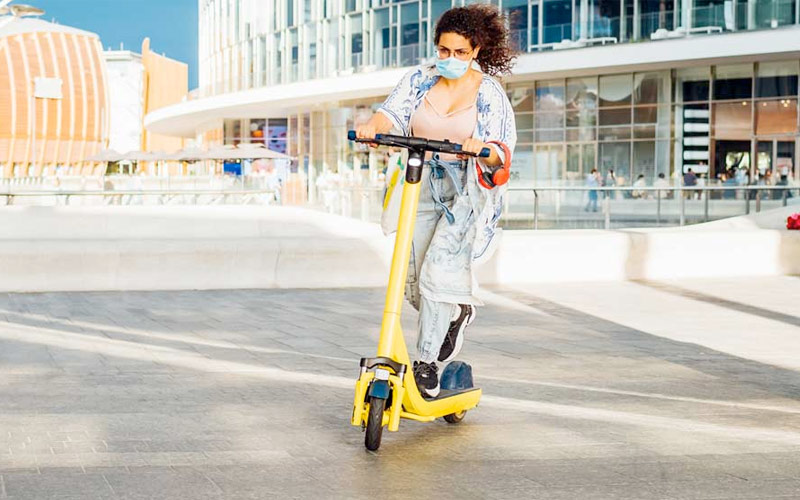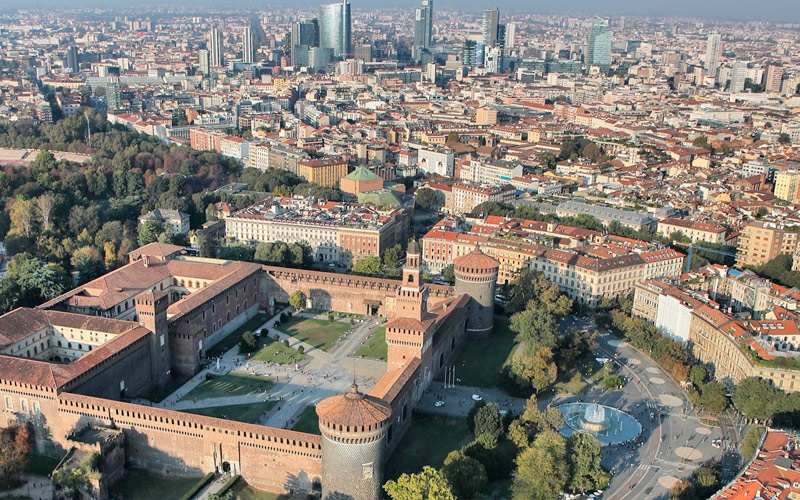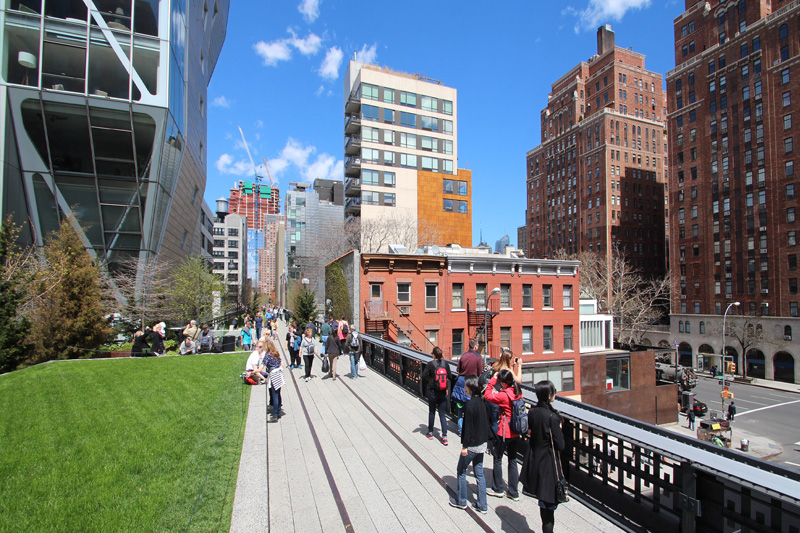On the journey of gradual transformation that Italy’s cities are constantly undergoing, universities will have to play a key role, not only as centres of production and distribution of knowledge, but also as actors of urban regeneration, pursued with a view to greater innovation and sustainability.
The city of Milan is an example of this evolution, if we consider the positive impact that the recent expansions of the city’s universities - the Politecnico in Bovisa, Università Bicocca, Università Statale and the IULM - have had on the urban fabric of the Lombard capital.

Ferruccio Resta, Rector of Politecnico di Milano
Ferruccio Resta, Rector of the Politecnico di Milano, places a great deal of emphasis on the role of universities as promoters of action and innovation: “The relationship between the city and the university has changed profoundly in recent years. Just think of our institute: I often like to think about the fact that when we first set up shop in Piazza Leonardo da Vinci, in the early 1900s, we were right on the outskirts of the city. And that was where the university was supposed to be: in a sort of positive isolation, synonymous with tranquillity and a place suitable for study. Today, the exact opposite is true. The university is woven into the urban fabric, and is one of the main drivers of change. Milan’s universities have contributed to redesigning entire areas, reclaiming spaces and breathing new life into whole neighbourhoods”.
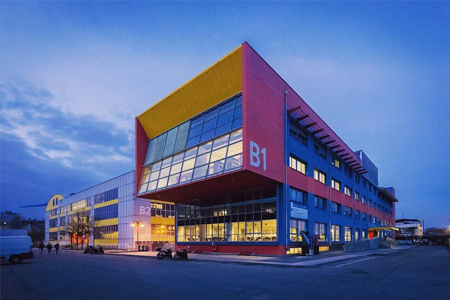
Politecnico di Milano, Bovisa - @polimi Instagram account
One particularly significant example is the Bovisa district in Milan: “In the 1990s, we moved some of our departments and laboratories there, bringing a breath of fresh air to what was previously a working-class suburb; now, Bovisa speaks the language of innovation thanks to more than 20,000 students and 200 start-ups, all thriving in the university’s orbit. And it is again in Bovisa that we have ambitious plans to renovate the historic gasworks, which are set to become attractive locations for the city and, we hope, the international scene”.
See also Human cities: from the vertical to the sustainable
With this in mind, the new projects guided by the Politecnico, such as ‘OFF CAMPUS | Il Cantiere per le Periferie (the construction site for the outskirts)’ – as it is properly known – have been developed especially to bolster the presence of the universities within the city: “‘Off Campus, the construction site for the outskirts’ - as it is properly known - was launched in 2018 with the intention of opening physical spaces in various points around the city of Milan. The first project in the series was launched last year in San Siro with the West Road Project, which led to the establishment of networks and public spaces along via Novara, as well as the ‘Envisioning San Siro’ educational project. This was followed by the opening of another site in Nolo a few months ago. Here, inside the Local Market on viale Monza, we have opened a space where new activities can be developed, in an effort to make the area more welcoming, giving a voice to the musicians, the artists, the young people who live in this lively, multi-ethnic neighbourhood. Our idea is to open two more ‘Off Campus’ locations in the city”.
As such, the university is becoming a driving force behind urban innovation and social inclusion, but without abandoning its essential nature as a centre for research and analysis of its environment. These ‘Off Campus’ locations become spaces in which it is possible to intercept and anticipate the changes taking place in cities, providing insights allowing for proactive responses to the transformations that are underway: “We need to learn how to anticipate trends rather than chase after them; we need to understand the needs of tomorrow’s students, tomorrow’s elderly population. It’s time to put an end to the ‘helpdesk logic’, where someone comes to ask me something and I answer them”. It’s time to establish a solid dialogue which “must translate into projects aimed at digitalising services for citizens, promoting public transport, cementing an increasingly agile working model,” continues the Rector.
The recent agreement between the Politecnico di Milano and the Ministry of Infrastructure and Transport also fits into this forward-thinking approach: “The fact that our infrastructure is one of the country’s weak points is, unfortunately, quite plain for everyone to see, and the news never fails to remind us of that on a daily basis. The commitment we have made with the Ministry makes the modernisation of our cities the strategy we use to give our citizens the answers they need in terms of services, safety and liveability. The agreement is laid out across four axes: urban regeneration, headed up by Stefano Boeri; the monitoring of road infrastructures (bridges, viaducts and tunnels); experimentation in the field of smart roads, electric mobility and self-driving, connected vehicles; and the development of transportation and logistics infrastructures, to ensure easier access to the rest of Europe. A sizeable challenge that will also do a great deal to incorporate the issues of environmental, economic and social sustainability,” comments the Rector.
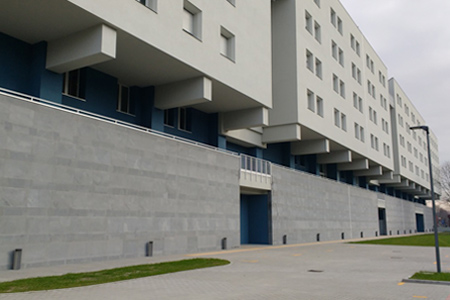
Gallaratese, Politecnico residences of San Leonardo – photo Urbanfile
Keeping an open line of dialogue with the city brings with it an ability to respond to the needs of all its citizens. For an institute of higher education like the Politecnico di Milano, the ability to accommodate the students coming to the city “is a priority, especially in areas of high appeal and mobility like Milan. The Politecnico now has seven halls of residence and we are working on opening two new spaces in via Baldinucci and Piazzale Ferrara. At the moment, we are able to provide accommodation for 1,700 students of a total of 15,000 off-campus students. This is a situation that throws an enormous market opportunity into relief. Having said that, just to give an idea of the scale of the situation at the national level, bear in mind that there are 1.7 million university students in Italy, a third of whom (570,000) are off-campus students. In fact, only 3% of the total university population manages to find a place in a hall of residence, as against the European average of 18%” .
So how can we keep up with foreign universities? “To attract talent, you need quality,” concludes Resta, “and I believe that that is the reason why enrolments at the Politecnico have not just remained at a steady level, but even seen an increase in the number of international students. These talented young individuals wish to be welcomed into a community that values their merit. Two characteristics that Milan embodies wholeheartedly - even historically, I would say. Those who choose the Politecnico choose Milan: a city that is open and inclusive, creative and efficient, cosmopolitan and innovative. Milan is a fundamental component, a lifestyle choice”.


